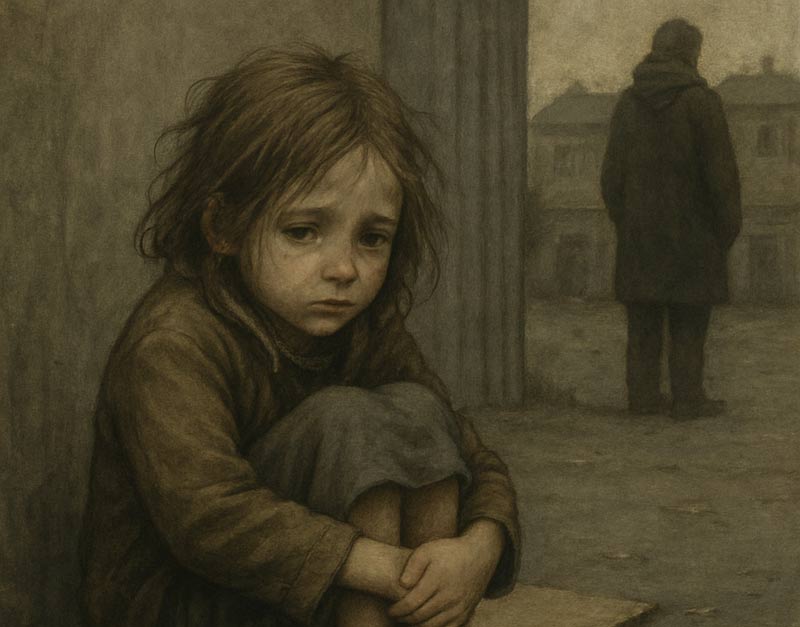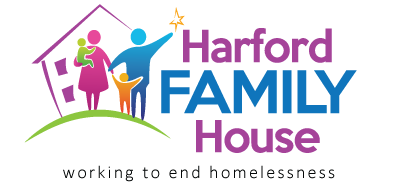
The Hidden Toll: How Homelessness Affects Children
When we think about homelessness, our minds often go to adults — individuals we see on the streets or hear about in the news. But what’s less visible, and frequently far more heartbreaking, is the impact homelessness has on children.
At Harford Family House, we see firsthand how unstable housing affects young lives. The truth is that no child should grow up without a place to call home.
A Crisis in the Shadows
Children are one of the fastest-growing segments of the homeless population in the United States. They’re often hidden — living in cars, couch-surfing with family members, or bouncing between temporary shelters. Their reality is marked by uncertainty, fear, and loss of routine — all critical elements for healthy development.
Interrupted Education
One of the first and most devastating consequences of homelessness for children is the disruption of education. Frequent moves can mean switching schools multiple times a year, making it hard to keep up with lessons or form meaningful relationships with teachers and peers. Without access to proper school supplies, transportation, or even clean clothes, many homeless children struggle silently in the classroom.
Emotional and Mental Strain
The emotional toll is equally alarming. Children without stable housing often experience high levels of stress, anxiety, and trauma. The lack of a safe, predictable environment can lead to behavioral issues, trouble sleeping, and difficulties in social settings. Without the proper support, these struggles can follow them into adulthood.
Health Risks
Living without a stable home increases a child’s exposure to illness, poor nutrition, and lack of sleep — all of which contribute to long-term health problems. They may miss regular doctor’s visits, vaccinations, and mental health support. The basics that many families take for granted become luxuries out of reach.
The Ripple Effect
Homelessness in childhood can have lifelong effects. Studies show that children who experience homelessness are more likely to face poverty, struggle in school, and encounter mental health issues well into their adult years. But it doesn’t have to be this way.
A Path Forward
The good news is that intervention works. Children can thrive again with stable housing, access to education and mental health support, and a caring community around them. At Harford Family House, we provide not just shelter, but stability. We create an environment where kids can go to school without worrying about where they’ll sleep that night, where families can begin to heal together, and where hope is more than just a word — it’s a future.
How You Can Help
Your support makes this possible. Whether it’s through donations, volunteering, or simply spreading awareness, you have the power to change a child’s life. Let’s work together to ensure every child has the safe, stable home they deserve.
No child chooses homelessness. But we can choose to help. And in doing so, we give them the foundation they need to grow, to dream, and to shine.
